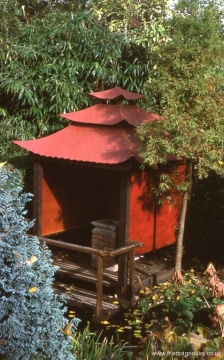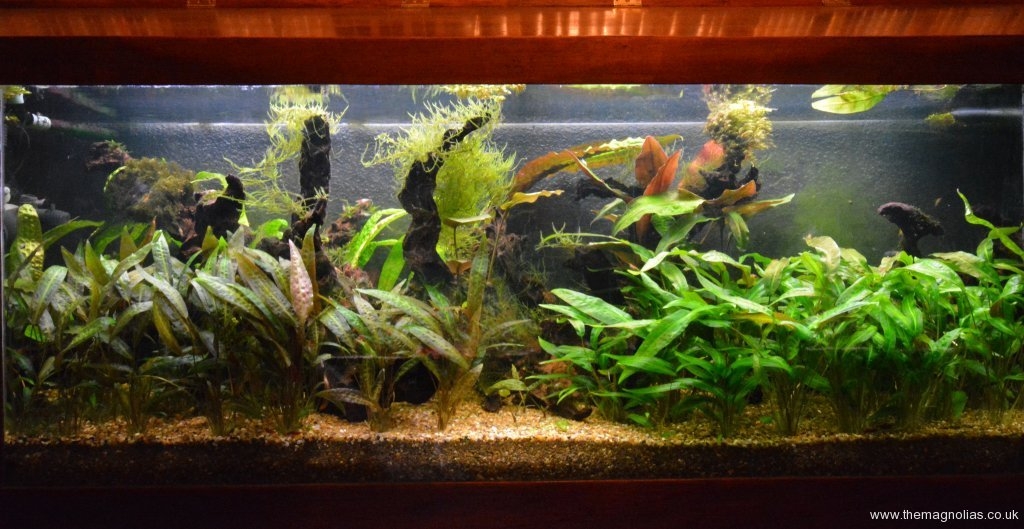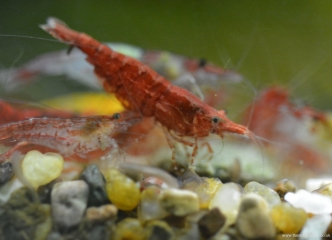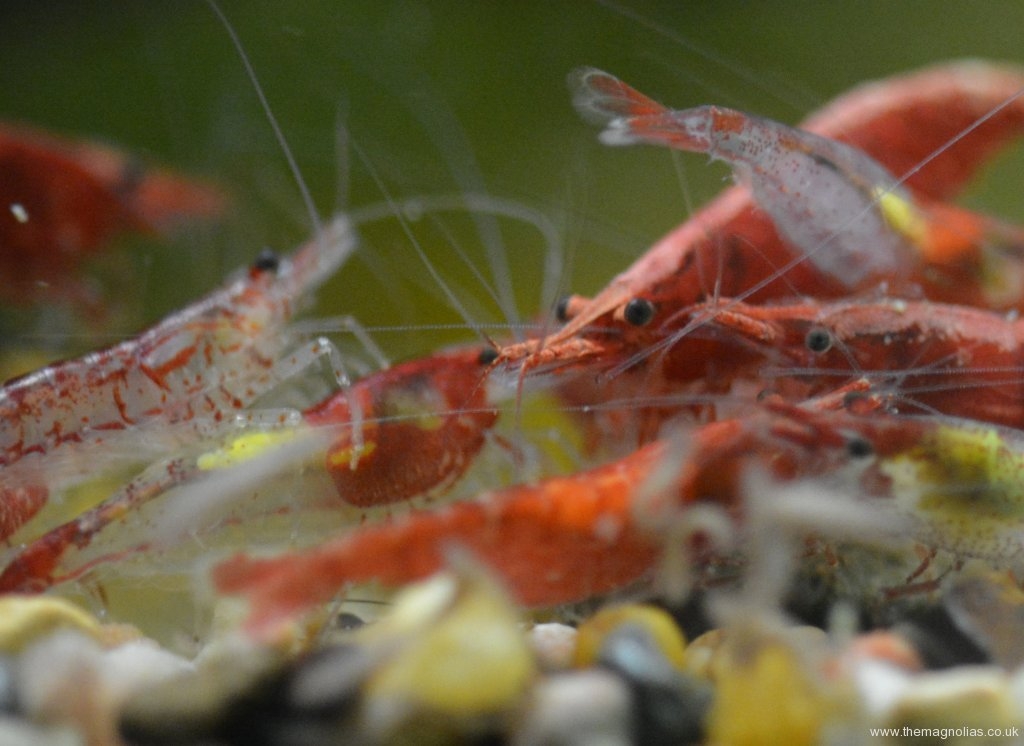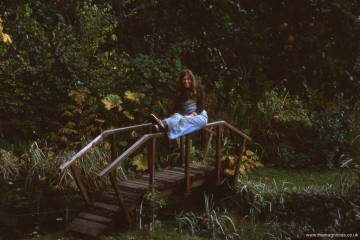We built our original oriental style pagoda during the summer of 1976.
It had a few improvements, changes and repairs over the years, but by five years or so ago, it was no longer safe to cross over the walkway in the front of the pagoda.
At last spring’s Epimedium Open Weekend we discussed its demolition and replacement with several groups of visitors. To our surprise quite a few people said this would be a shame as it had a lovely “lost Garden of Heligan” look. However it was beginning to lean perilously to the point it was clear it would fall into the pond before too long.
We were still buoyed by the success of our previous year’s project of bridge building, so decided to bite the bullet and start our 2017 project of a replacement oriental style pagoda. We could see that this was going to be a significantly more daunting job not least because the pond hadn’t been de-silted for perhaps twenty years or more.
Around the 14th May we pumped out the limited amount of water remaining in the pond, and made a start of digging out the silt.Fortunately our son Paul was able to help carry the filled buckets from the pond, to be tipped in one ton builders bags held up with steel road pins. Our fears of there being quite a lot proved correct. We filled six bags and further, more solid material was tipped on the garden in places, to break down later. The silt removal was mostly completed in various sessions over about three days.
Before proceeding with demolition of the old pagoda itself we decided to repair the York-stone crazy paving at the far end of the pond. A pointed piece of a square yard or so had drooped over the years so the tip of it was under water. We had approached our ‘friendly builders’ about the problem but they couldn’t see my plan for jacking up the whole piece, possible. Paul and I tackled it one weekend when Linda was away at her mum’s. We used the Metasequoia glyptostroboides (Dawn Redwood) trunk and an aluminium ladder as a crane with ropes and a hand winch to pull the paving up by some six inches. I had remembered that this piece of paving had been reinforced with stainless steel rods, so was reasonably confident it would not break up. It was remarkably successful and with a little trepidation we concreted in a cut down concrete post, in under it, to keep it level with the nearest stepping stone as it had been originally. A few other areas of paving lifted by the Metasequoia’s roots also needed work. Also that weekend, Paul and I concreted in a new third stepping stone, which we thought a good idea as there was rather a big gap between the bank and one of the original ones.
By the 6th June we were ready to do the demolition. As most of the construction was lightweight it wasn’t too big a job. For some while we had had it propped up with a post in case it toppled on to us while we did work in the pond, so minimum work with a chain saw had it rolling into the pond. We decided to burn the roof which was only hardboard covered in fish scale tiles cut out of roofing felt, in an incinerator. I cut it up with a large battery reciprocating saw into burnable sized pieces. All went well until we went a little way away for elevenses’, when the heat caught the rest of it on fire, so the job was speeded up somewhat and a bit of vegetation scorched.
The old plywood sides were cut out of the buildings timber work for possible use later. The burnable timber was given to a neighbour to feed his wood burner.
The perilously leaning Buddha plinth was deemed not to be recoverable so was broken up, hoping the old handmade bricks might be useable for something someday.
Stay tuned for part two where construction begins!

